I turn and walk back to the home shore whose tall yellow bluffs still bare of snow I can see nearly half a mile to the north. I find my way as I came, over dusty sandbars and by old channels, through shrubby stands of willows. The cold, late afternoon sun breaks through its cloud cover and streaks the grey sand mixed with snow.As it has fallen steadily in the past weeks, the river has left behind many shallow pools, and these are now roofed with ice. When I am close to the main shore I come upon one of them, not far from the wooded bank. The light snow that fell a few days ago has blown away; the ice is polished and is thick enough to stand on. I can see to the bottom without difficulty, as through heavy dark glass.I bend over, looking at the debris caught there in the clear, black depth of the ice: I see a few small sticks, and many leaves. There are alder leaves, roughly toothed and still half green; the more delicate birch leaves and aspen leaves, the big, smooth poplar leaves, and narrow leaves from the willows. They are massed or scattered, as they fell quietly or as the wind blew them into the freezing water. Some of them are still fresh in color, glowing yellow and orange; others are mottled with grey and brown. A few older leaves lie sunken and black on the silty bottom. Here and there a pebble of quartz is gleaming. But nothing moves there. It is a still, cold world, something like night, with its own fixed planets and stars.
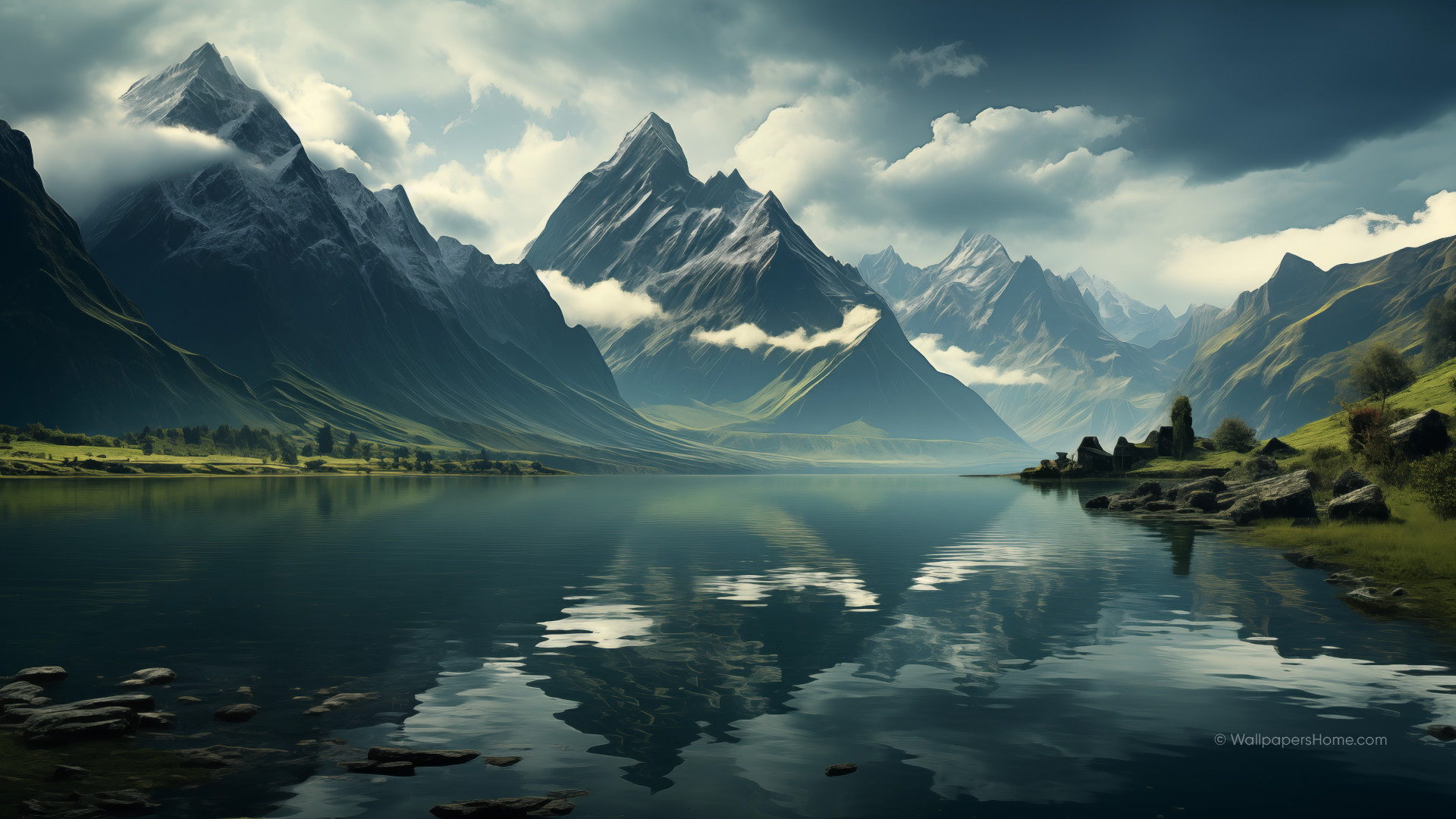
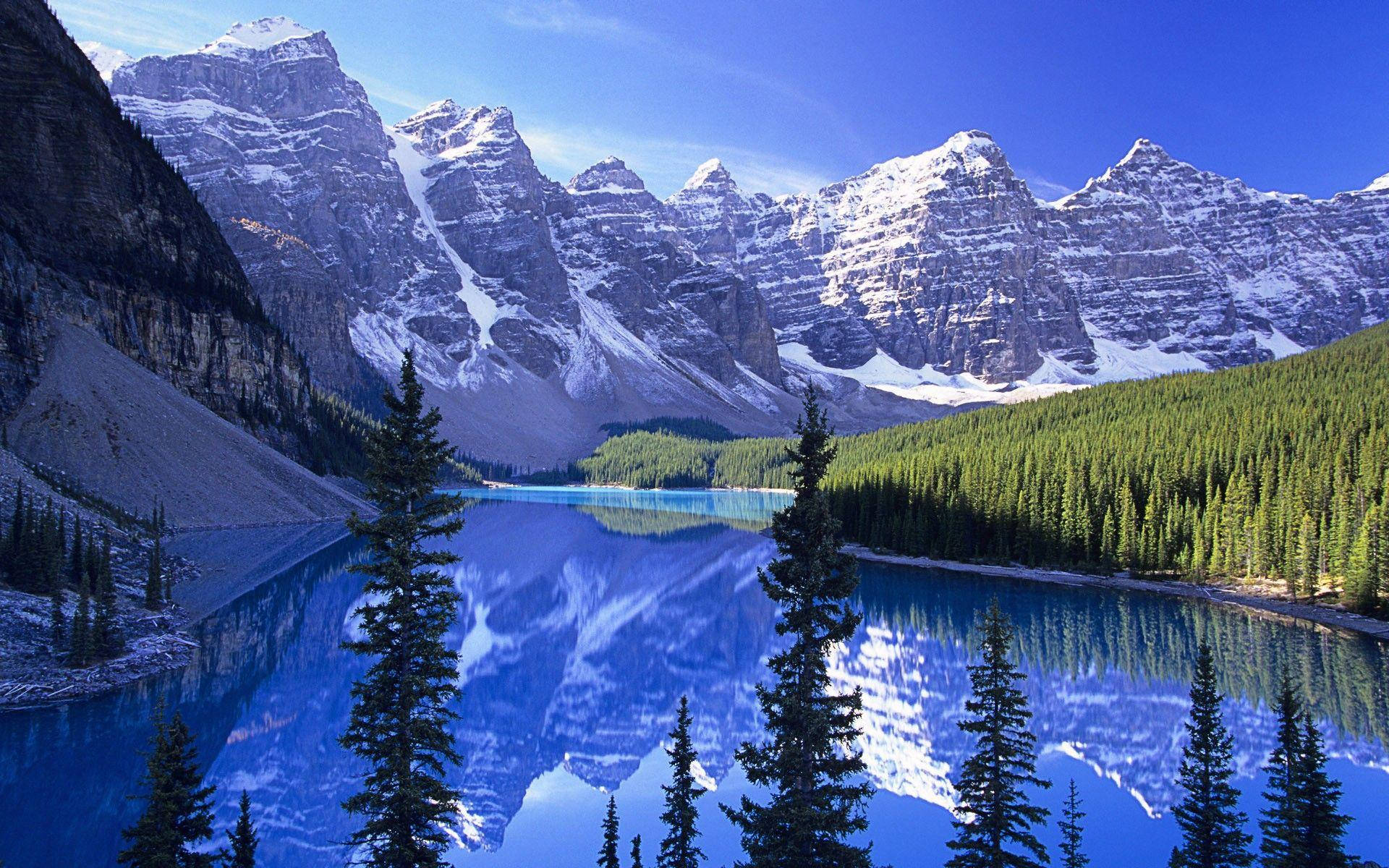
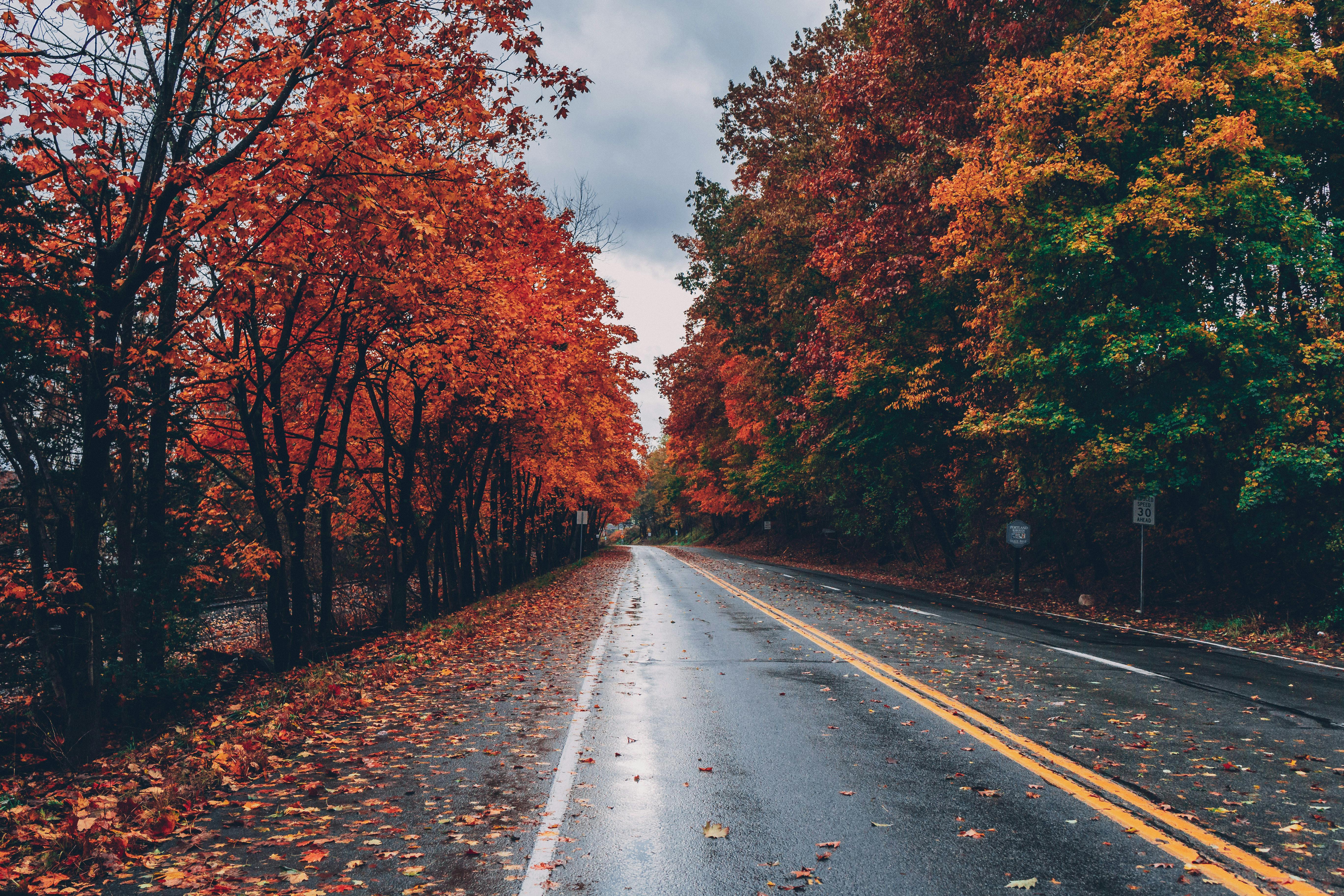
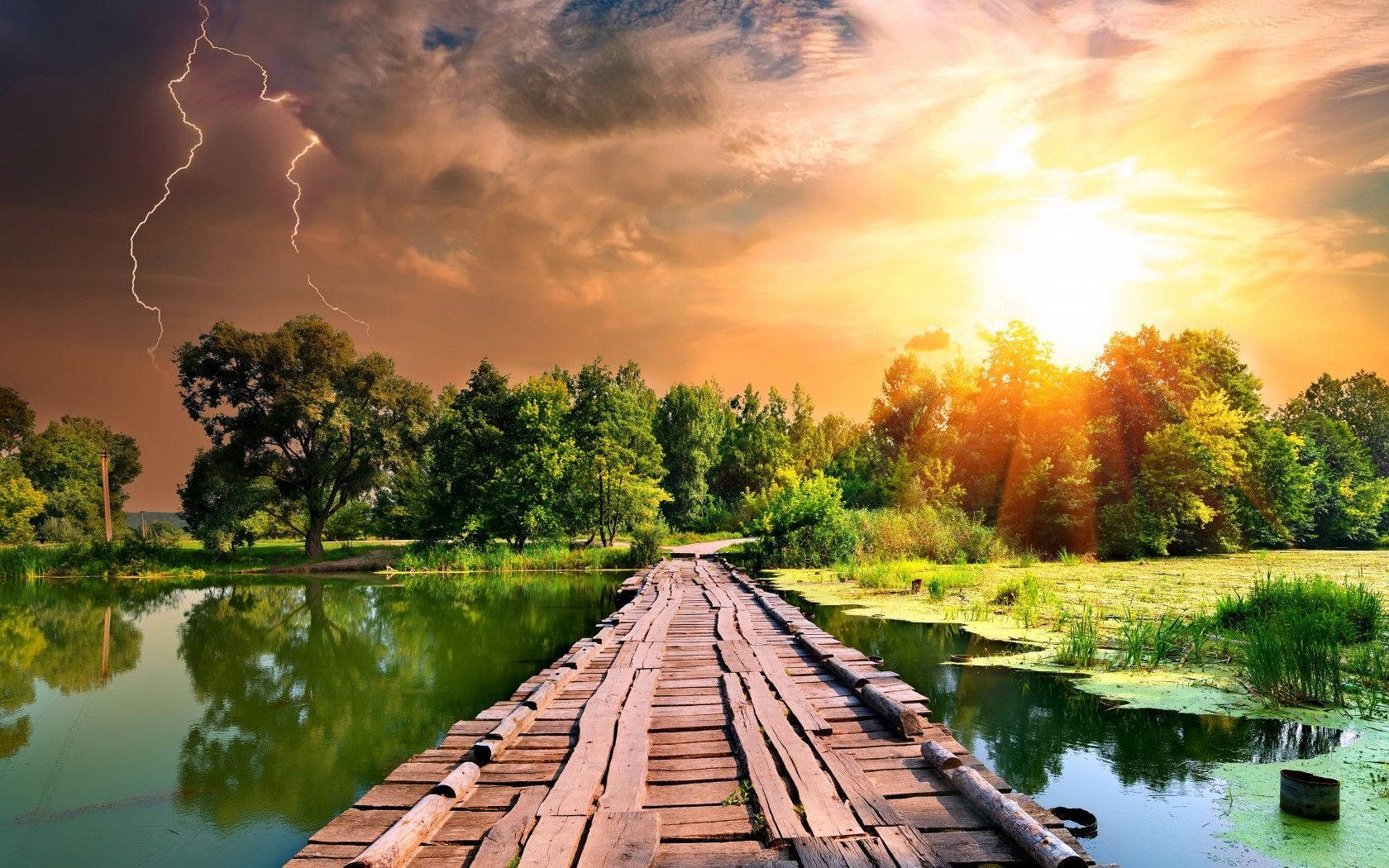
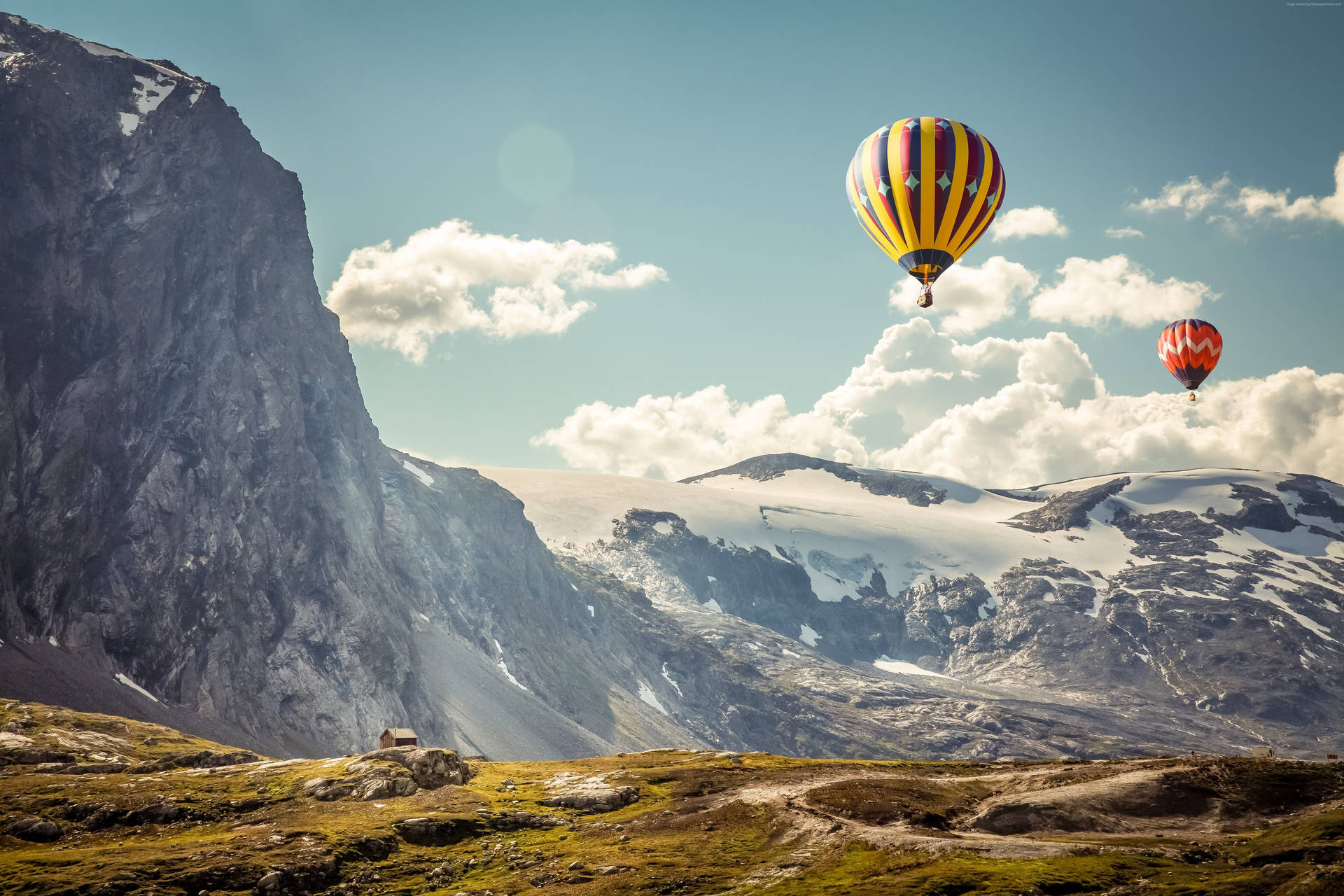
I turn and walk back to the home shore whose tall yellow bluffs still bare of snow I can see nearly half a mile to the north. I find my way as I came, over dusty sandbars and by old channels, through shrubby stands of willows. The cold, late afternoon sun breaks through its cloud cover and streaks the grey sand mixed with snow.As it has fallen steadily in the past weeks, the river has left behind many shallow pools, and these are now roofed with ice. When I am close to the main shore I come upon one of them, not far from the wooded bank. The light snow that fell a few days ago has blown away; the ice is polished and is thick enough to stand on. I can see to the bottom without difficulty, as through heavy dark glass.I bend over, looking at the debris caught there in the clear, black depth of the ice: I see a few small sticks, and many leaves. There are alder leaves, roughly toothed and still half green; the more delicate birch leaves and aspen leaves, the big, smooth poplar leaves, and narrow leaves from the willows. They are massed or scattered, as they fell quietly or as the wind blew them into the freezing water. Some of them are still fresh in color, glowing yellow and orange; others are mottled with grey and brown. A few older leaves lie sunken and black on the silty bottom. Here and there a pebble of quartz is gleaming. But nothing moves there. It is a still, cold world, something like night, with its own fixed planets and stars.